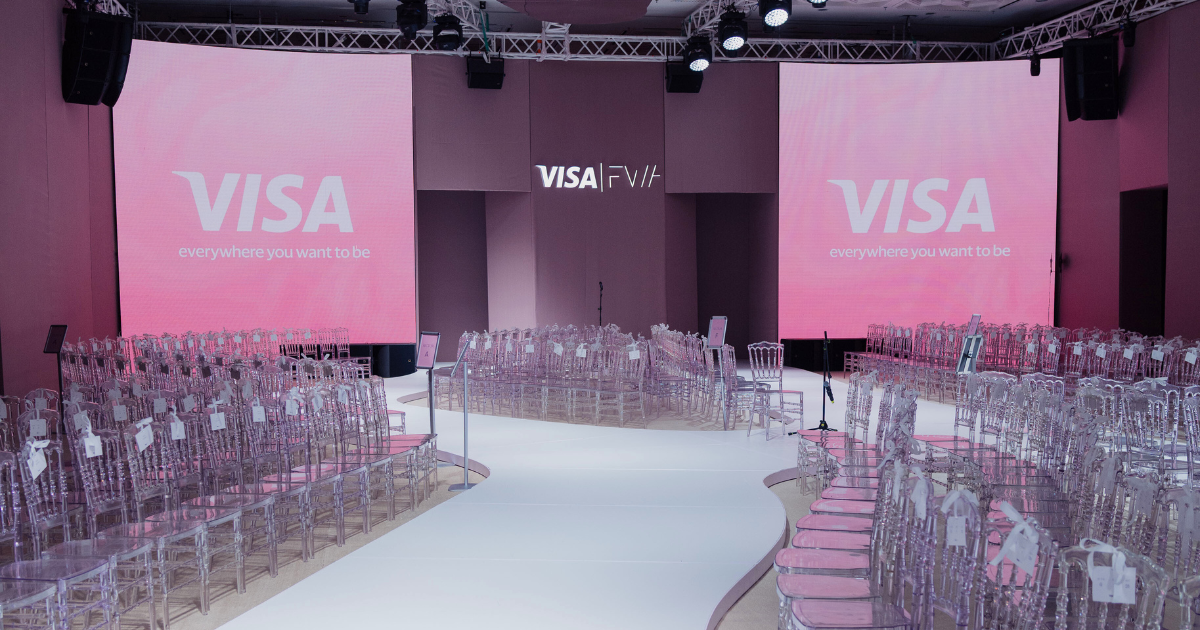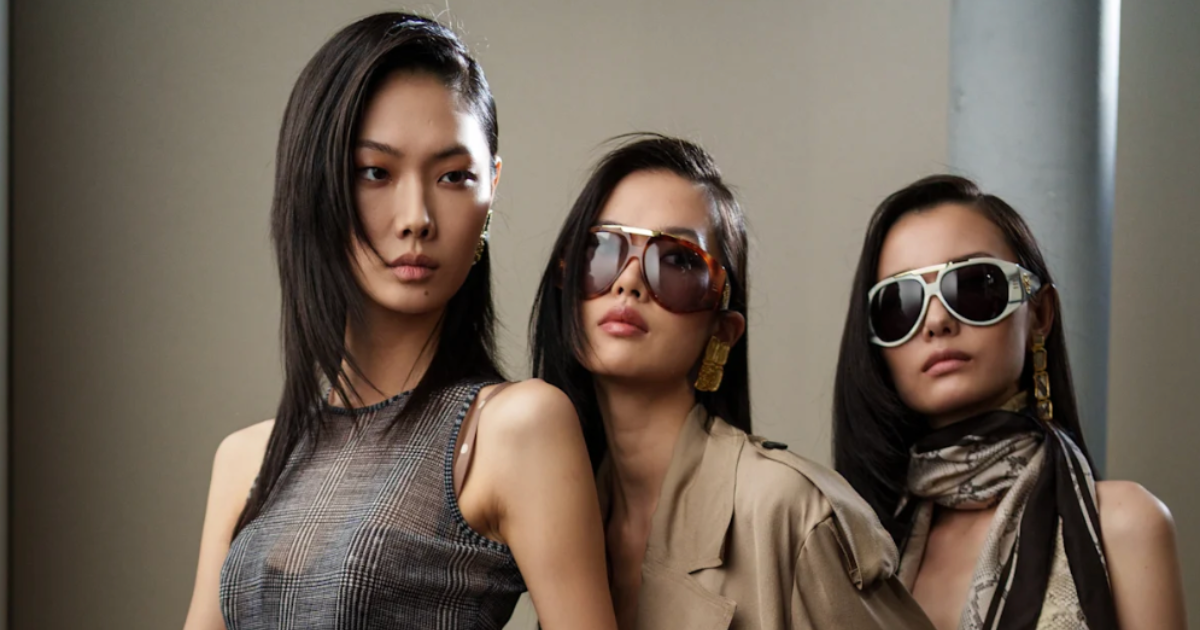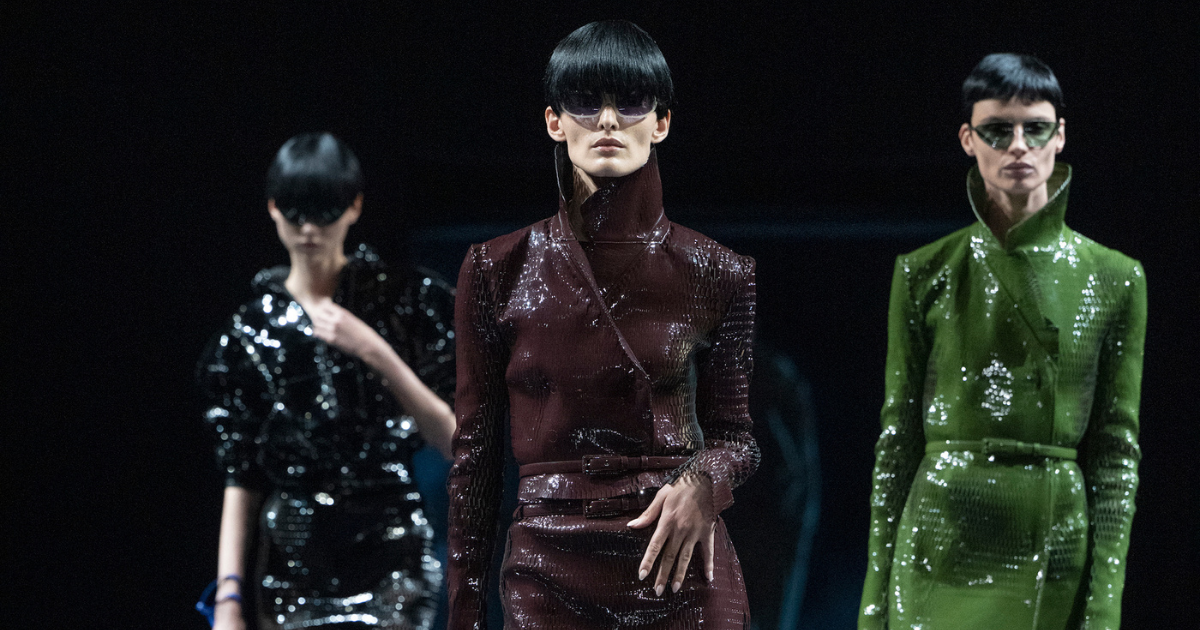Bhutanese Craft, Tennis Inspiration, and Futurism at Milan Fashion Week
More highlights from the Italian fashion capital
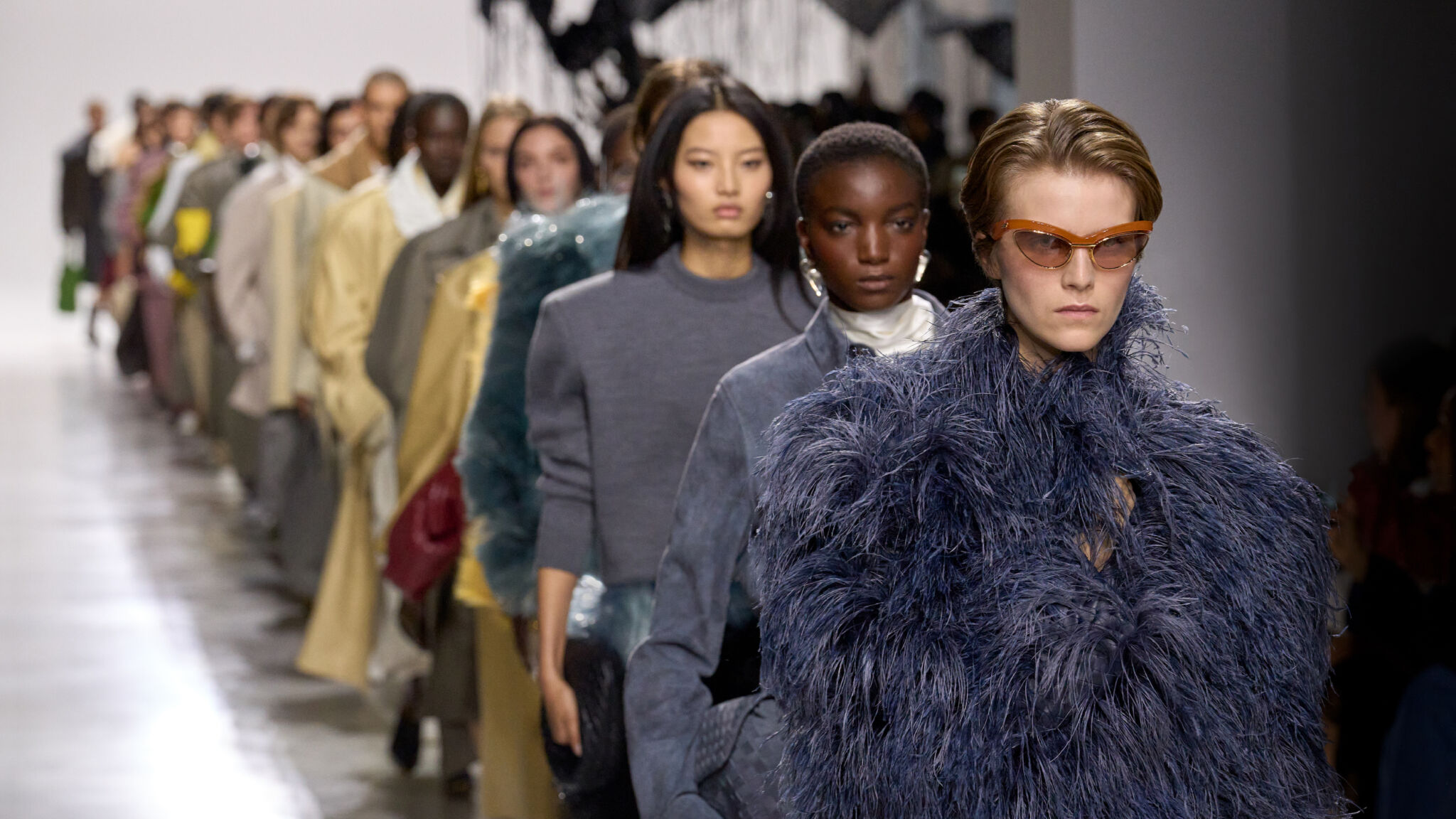
Milan Fashion Week has come to a close, and while the crowd now moves on to Paris, we take a look at the standout collections from its final days.
Italian women are known as devoted fashion lovers — and, importantly, “patriotic” ones, supporting exclusively local brands. If it’s nail polish, it’s still Gucci’s iconic Ancora. If it’s a blue dress, it’s in memory of Giorgio Armani, who passed away about a month ago. Milan is still in mourning, and Fashion Week included a series of tributes to the maestro. One of them, the exhibition Giorgio Armani Milano, per amore at Armani/Silos, showcased an anniversary collection created by Armani himself for the house’s 50th year. This body of work became not only the pinnacle of his creativity but also a farewell chord — a symbol of an era drawing to its close. The show itself became a milestone event: the room was filled with celebrities, and the glow of dozens of phone lights resembled a farewell ceremony for Armani. The atmosphere was underscored by live music from Ludovico Einaudi, which added both poignancy and majestic strength.
Alongside the many celebrities present at the shows, Dolce & Gabbana’s presentation played host to the filming of The Devil Wears Prada 2. Other highlights included debuts: Dario Vitale at Versace and Louise Trotter at Bottega Veneta. But we all know: the first collection is only a starting vector — and the real anticipation lies ahead. Let’s explore the Spring–Summer 2026 collections from Milan Fashion Week’s closing days:
Federico Cina
An invitation to slow down and notice beauty in the everyday. The collection turns to simple gestures and objects — from a tablecloth blowing in the wind to a shirt on a clothesline — transforming them into inspiration. The lines are restrained, the fabrics breathe, and the palette recalls the dusty tones of Morandi and the stillness of Luigi Ghirri’s photographs. These garments are not made for display but to be felt on the body and in life. The runway space became a quiet landscape of paper and objects, where every fold and layer carried sculptural force. What matters is not only what is seen, but also what is sensed — in gestures, in breath, in touch. Layers of fabric and looks create a sense of time that does not rush but unfolds again and again. This philosophy embraces opposites, forming a language of paradox filled with emotion. A highlight is the new Via Emilia bag with its long zipper — symbolizing the road that connects past and present.
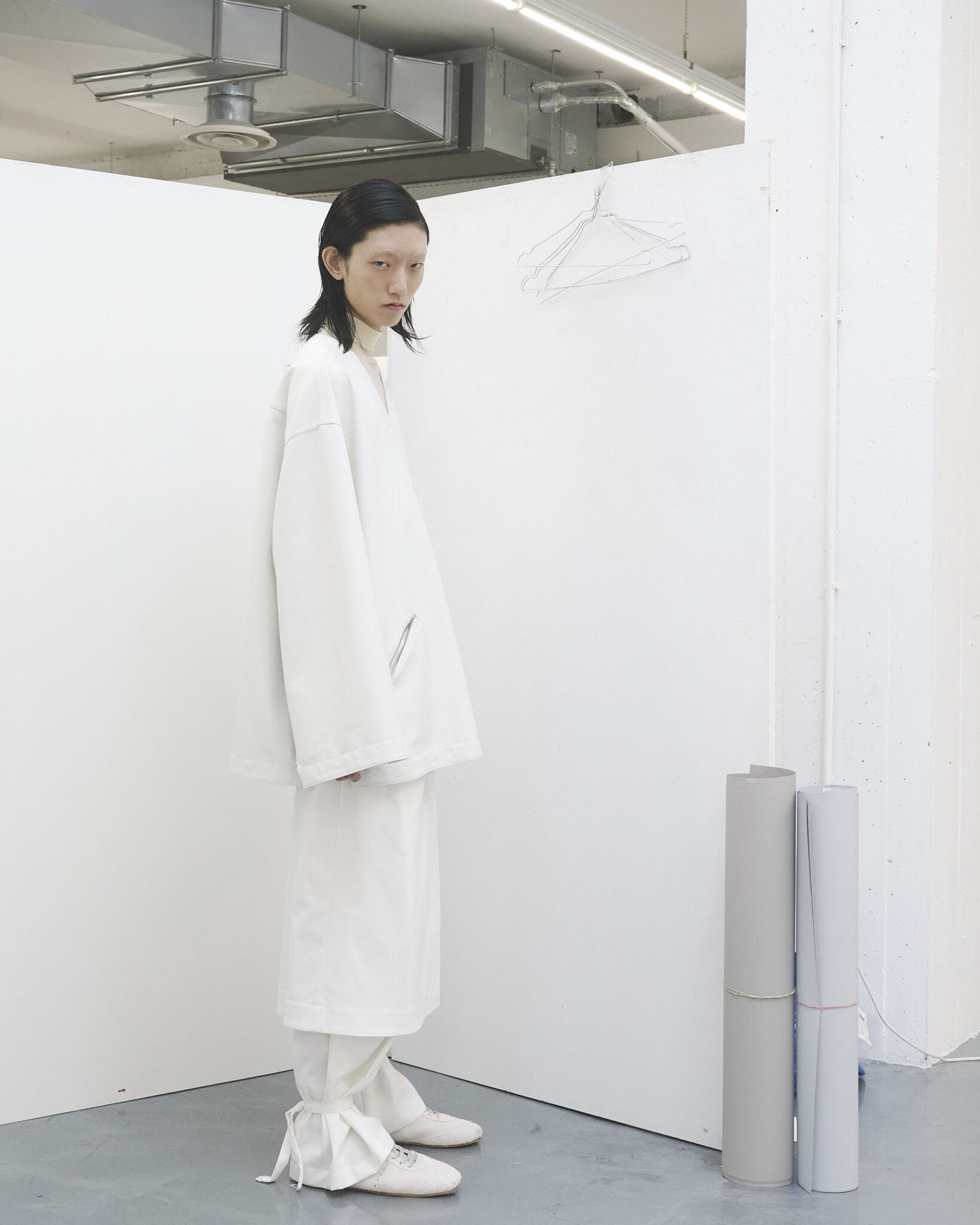
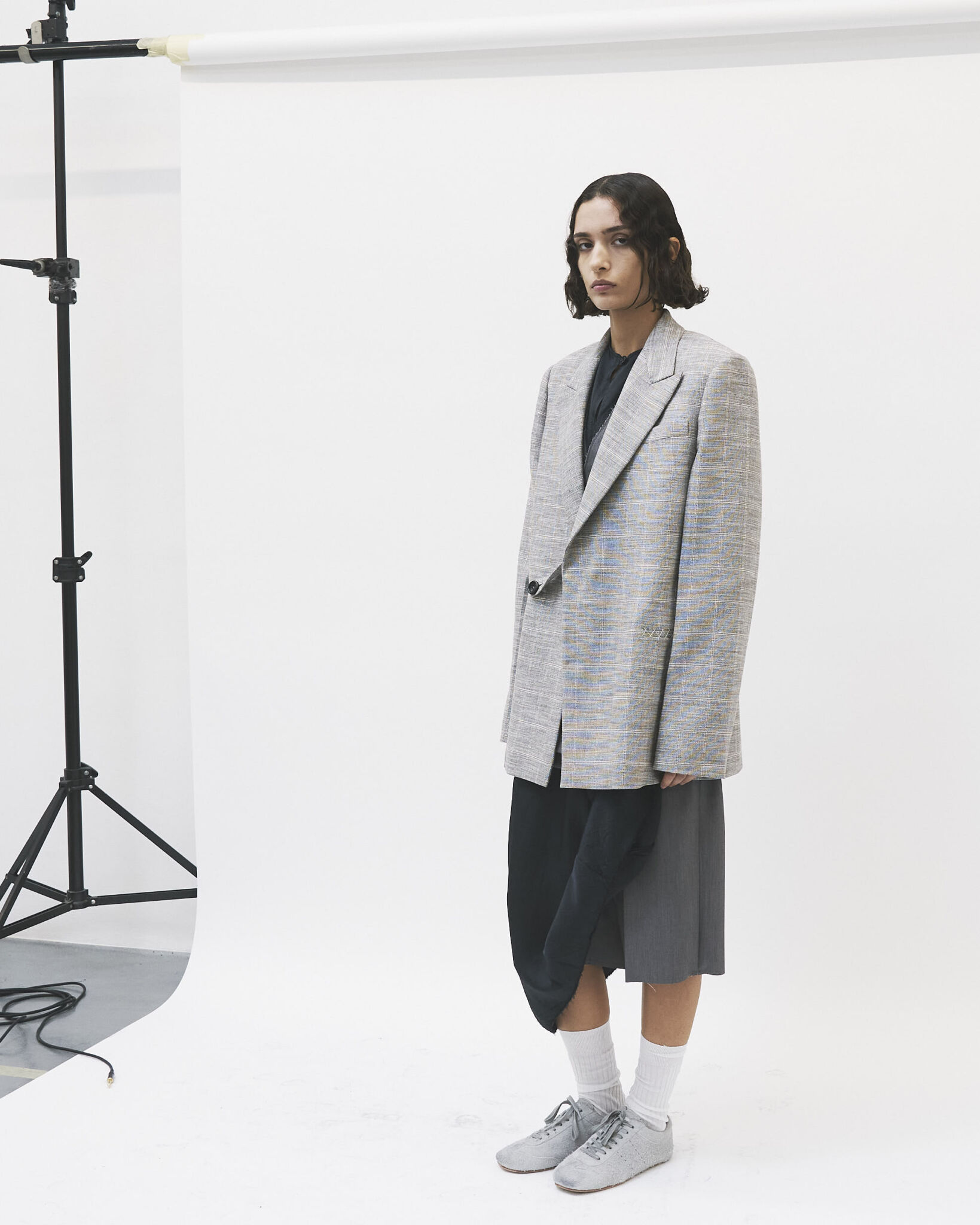
Ports 1961
Ports 1961 drew on the aesthetics of Ancient Greece in its new collection, designed for a woman for whom movement and discovery are a way of life. Clean lines and refined forms echoed classical architecture, turning clothing into symbols of harmony and strength. A palette of whites, sands, and marine shades reflected the glow of the Aegean Sea and the ease of summer light. Linen and cotton fabrics, airy weaves, and silk fringes created an impression of freedom and grace. Decorations of mother-of-pearl, mesh, and delicate chains caught the sun’s play on water. Classical silhouettes were reinterpreted — from sculptural jackets to softly draped dresses. Attention to proportion and detail made each look versatile, taking a woman from day to evening with ease. Here, artisanal tradition met modern functionality, creating an image of a woman both free and assured.
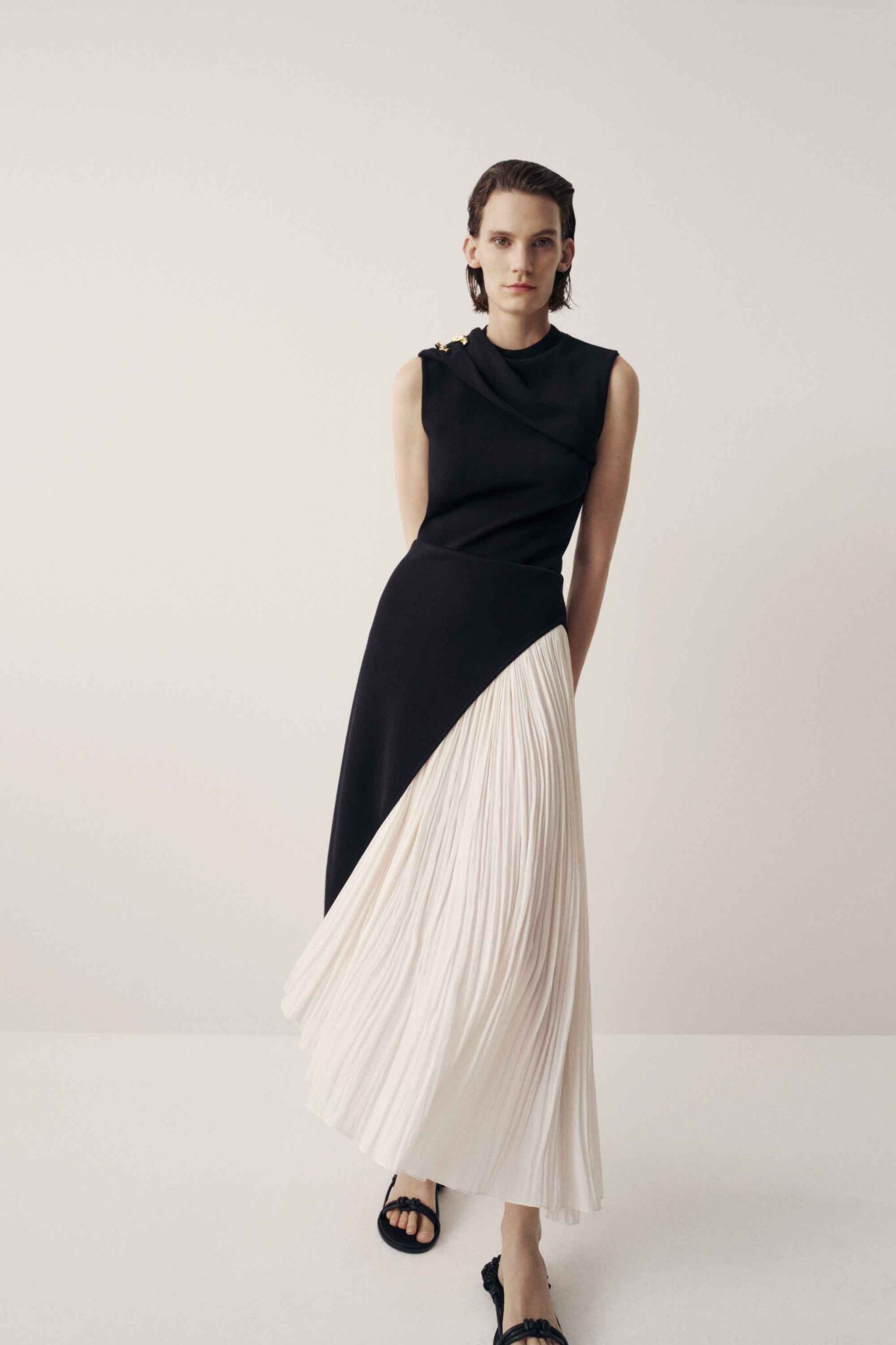
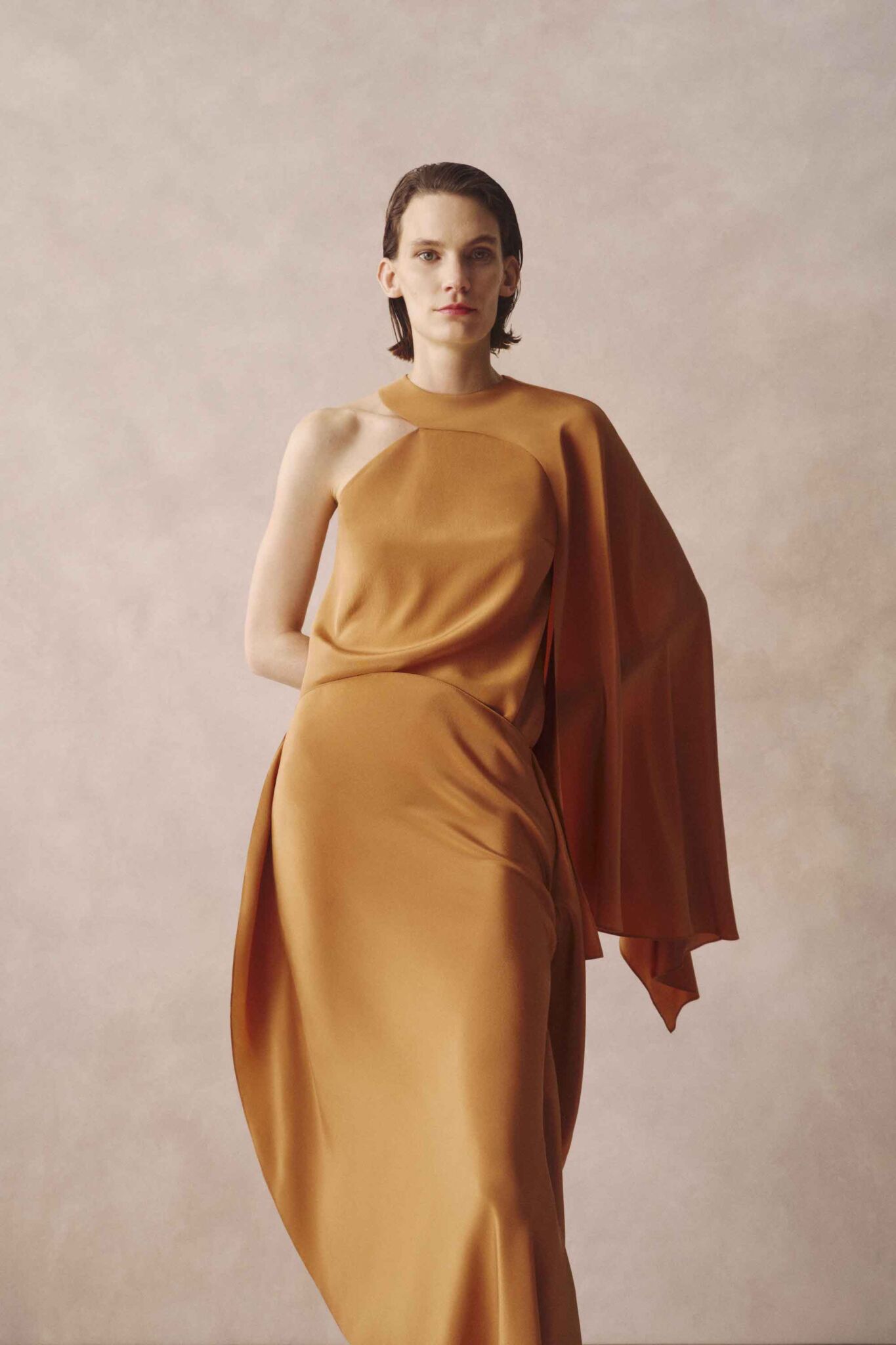
Davii
Davii unveiled Reimagined Forms, where organic lines met futuristic geometry. The designer turned to natural shapes, reinterpreting them through contemporary tailoring and architectural silhouettes. The collection was built on contrasts: airy organza paired with pliable neoprene. The combination created dynamism and a sense of motion, highlighting the brand’s experimental spirit. Each look balanced between weightless lightness and strict structure. Silk dresses gave the illusion of fluidity, while neoprene jackets formed clear, architectural frames. Statement pieces added drama and strength. The collection displayed refined work with curved lines and details referencing natural motifs.
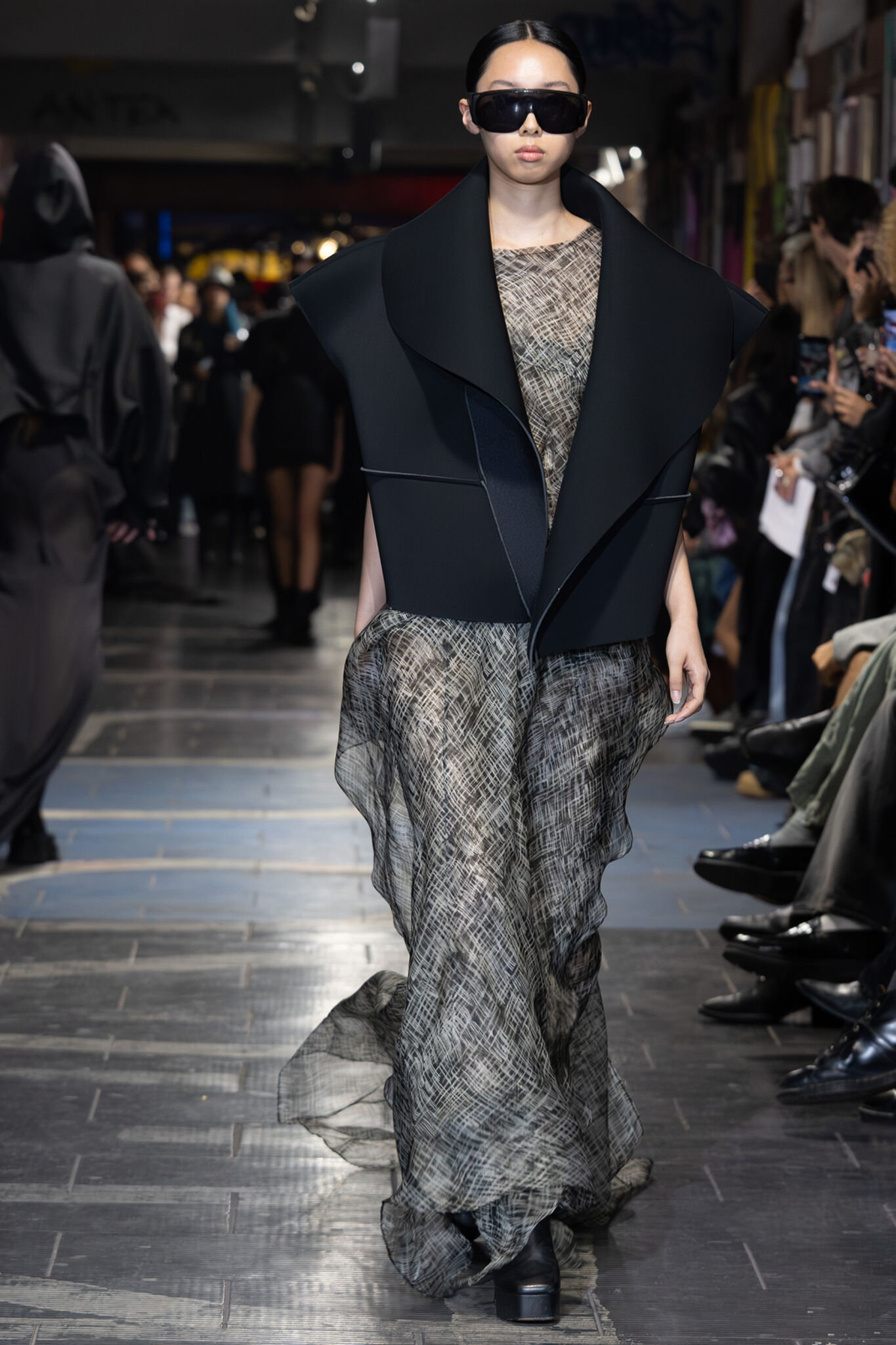
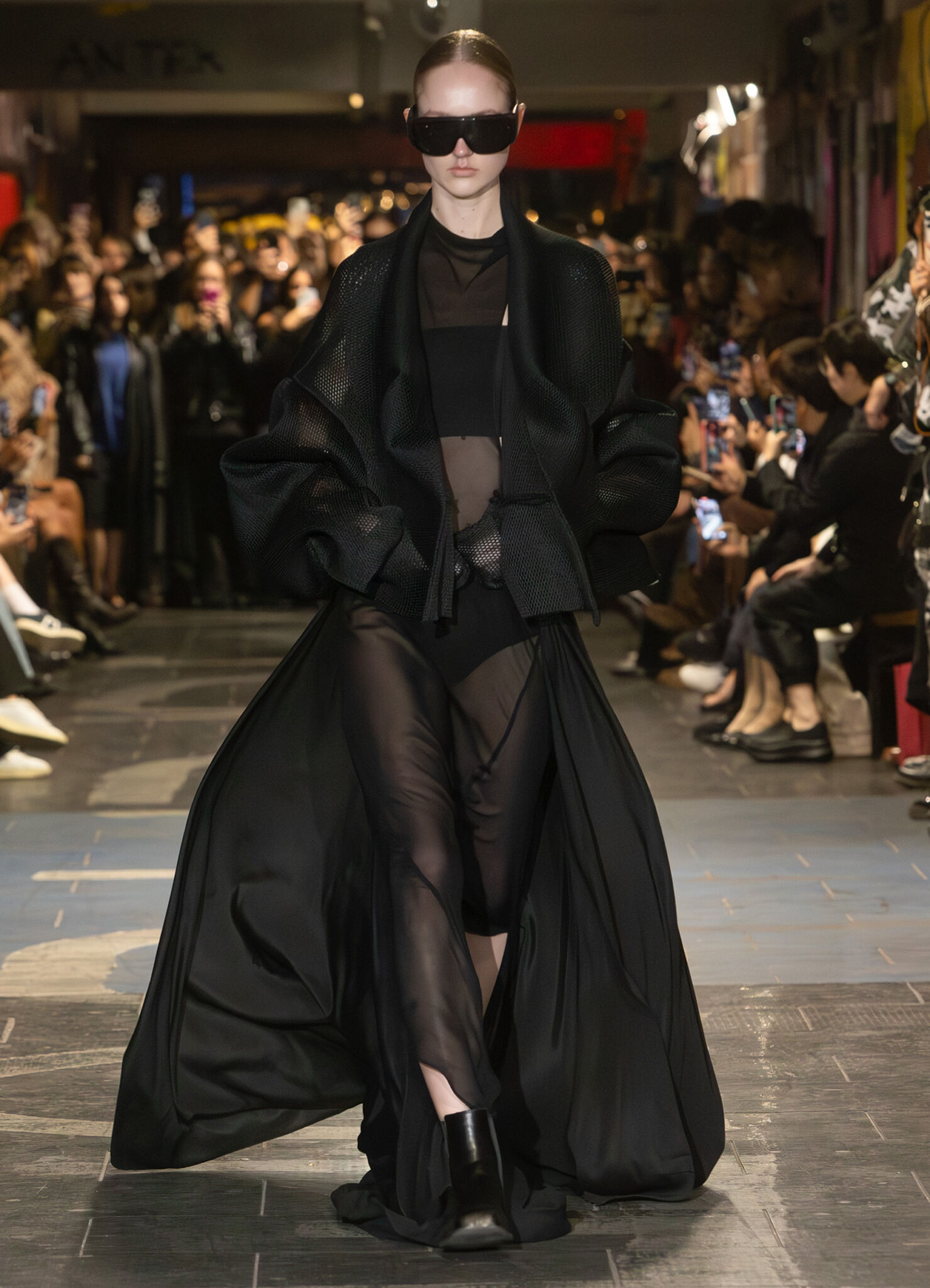
Philipp Plein
Philipp Plein’s main inspiration was tennis — a symbol of refined society and active leisure. The designer employed a soft neutral palette with pastel notes, creating elegant yet dynamic looks. The collection encompassed both womenswear and menswear, underscoring the inclusivity of both sport and brand. Women’s designs featured airy dresses, sharply tailored suits, and relaxed cuts, paired with sneakers, ribboned sandals, and delicate-toned handbags. Eveningwear dazzled with pastel sequins, intricate patterns, and rich dark shades. The men’s line presented lightly structured suits and minimalist denim accented with bold details, including tennis rackets. This collection married athletic energy with refined aesthetics, evoking leisure at the Côte d’Azur, in the Hamptons, or at Wimbledon.
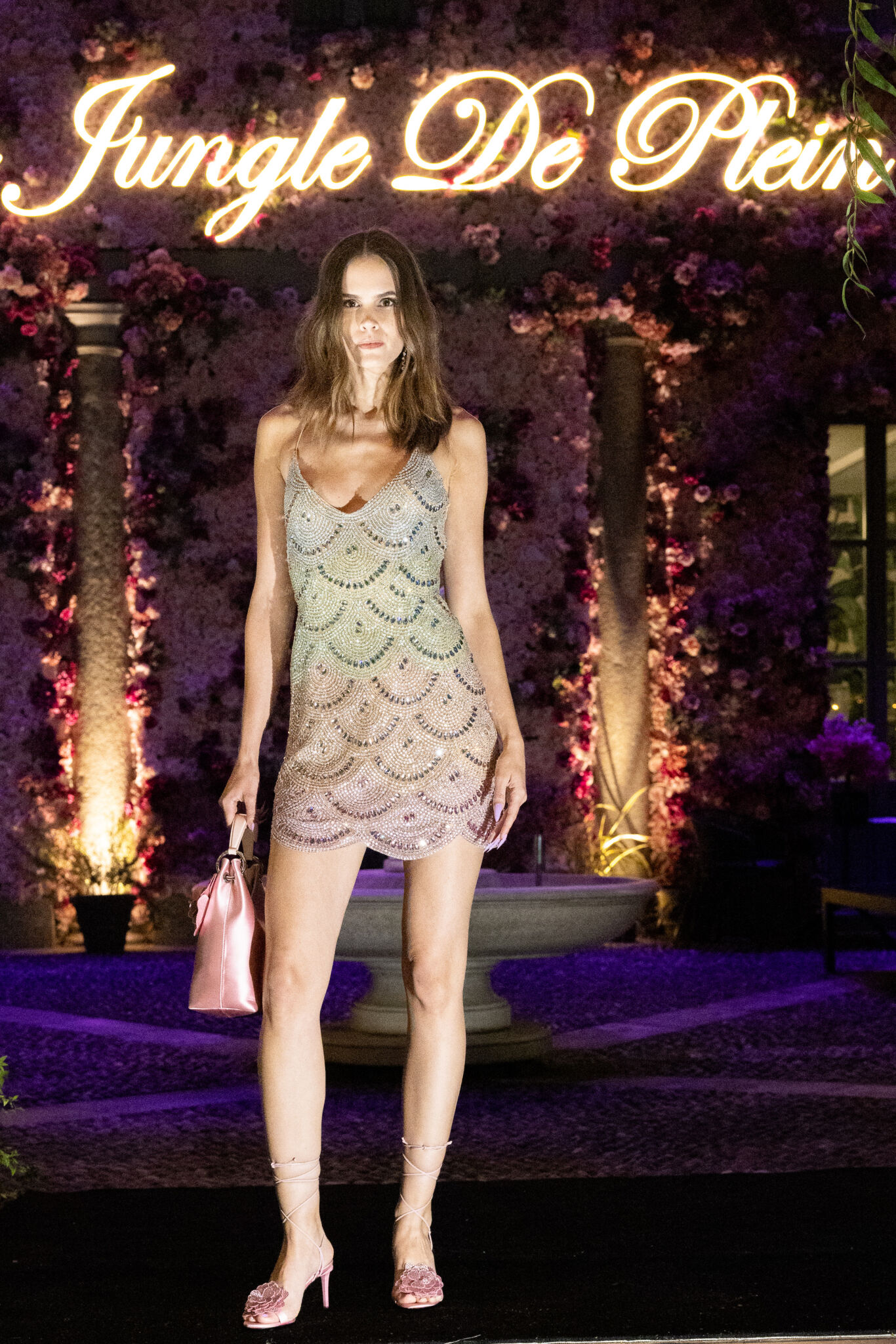
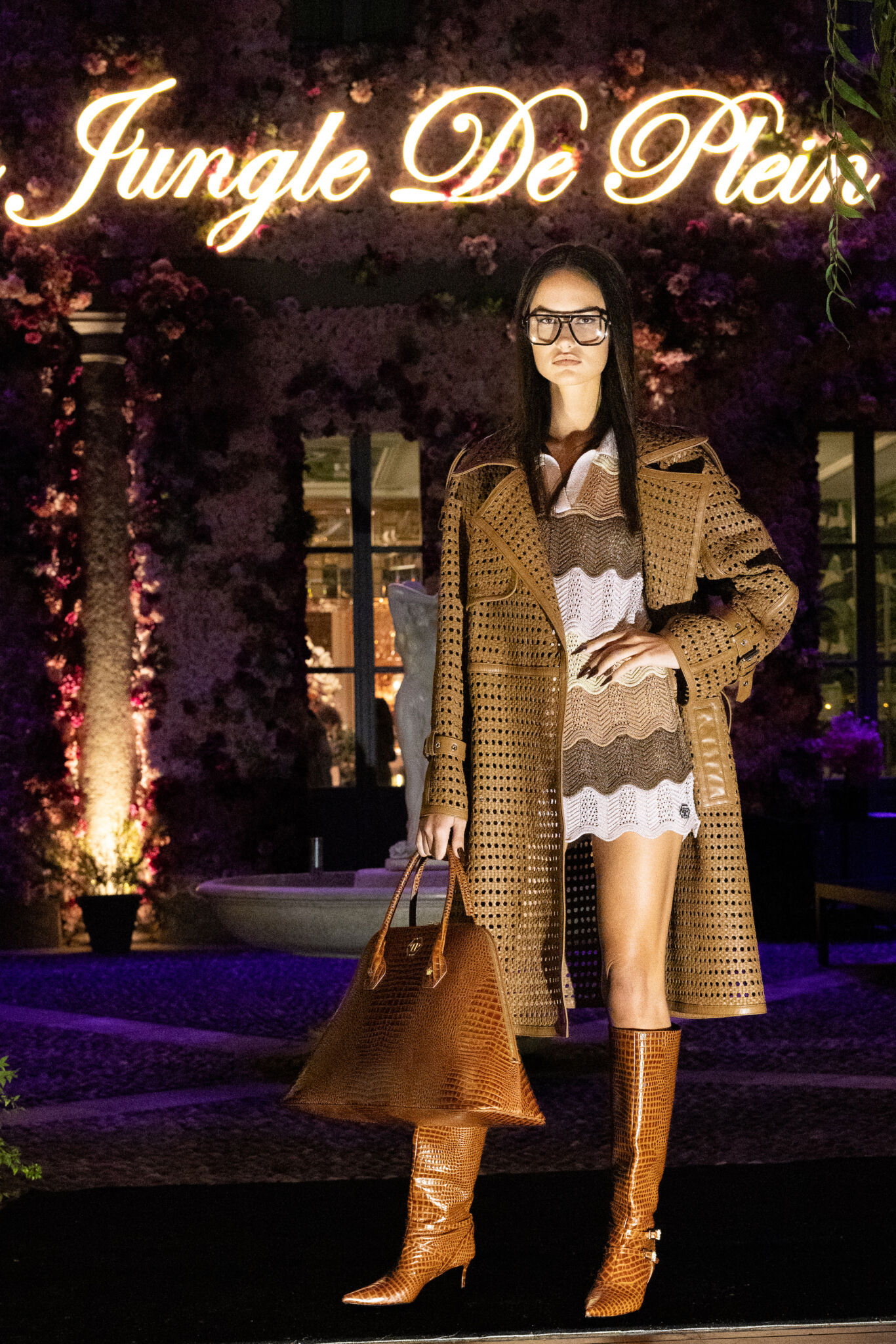
Stella Jean
The brand returned to the runway with a celebration of craft and cultural diversity. The central idea: the value of handwork as an art form worthy of recognition and respect. Stella Novarino blended traditional techniques with contemporary tailoring: men’s striped shirts were paired with voluminous nettle skirts embroidered with flora and fauna. Traditional Bhutanese womenswear was transformed into A-line silhouettes with naïve drawings, or corseted dresses layered under jackets with geometric motifs. The collection offered a harmonious mix of ethnic elements and eclectic modern style. Collaboration with Bhutanese artisans stood out — their motifs came alive on fabrics. Rugby polos and white culottes with abstract embroidery underlined a fresh sense of elegance.
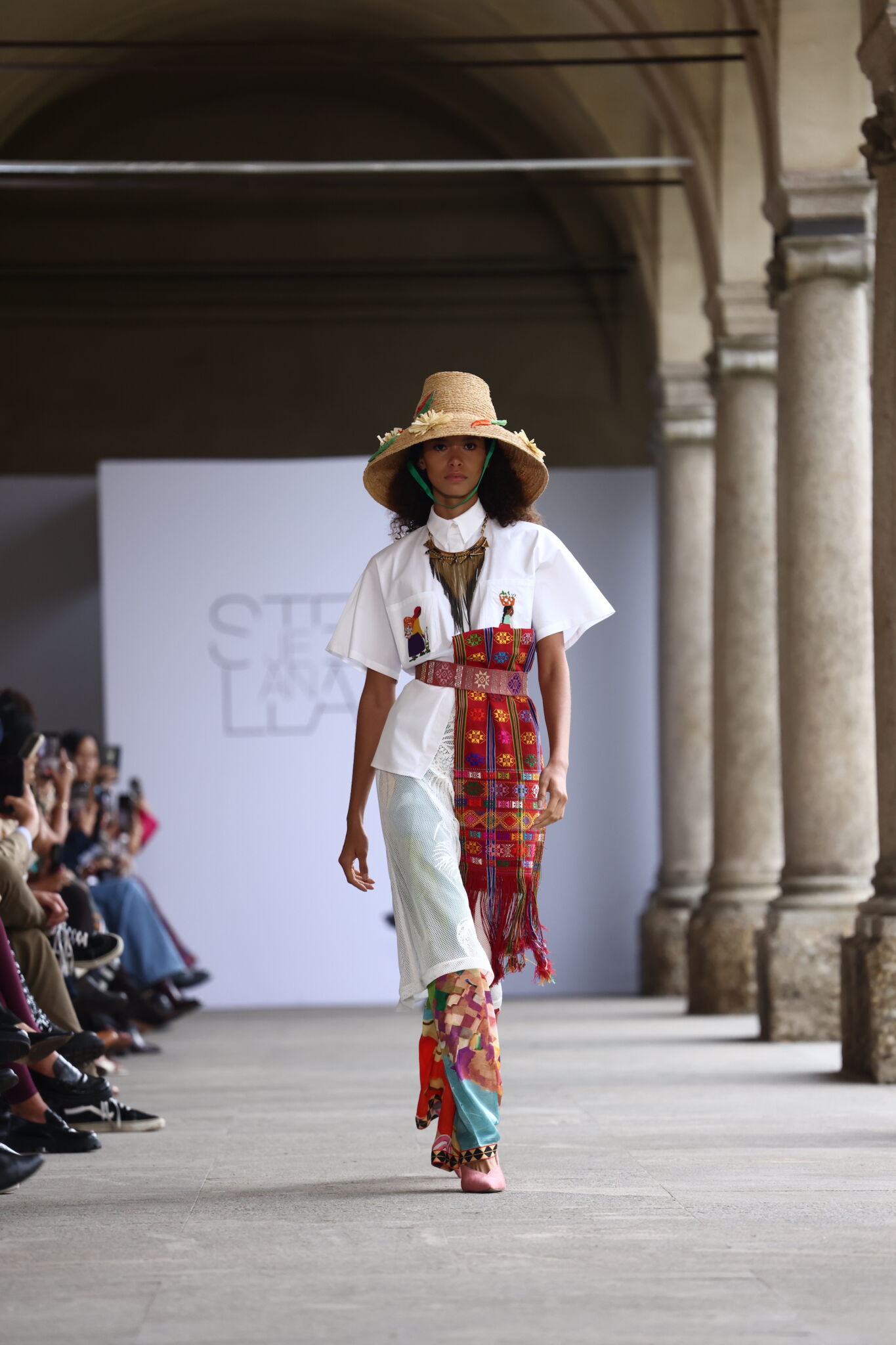
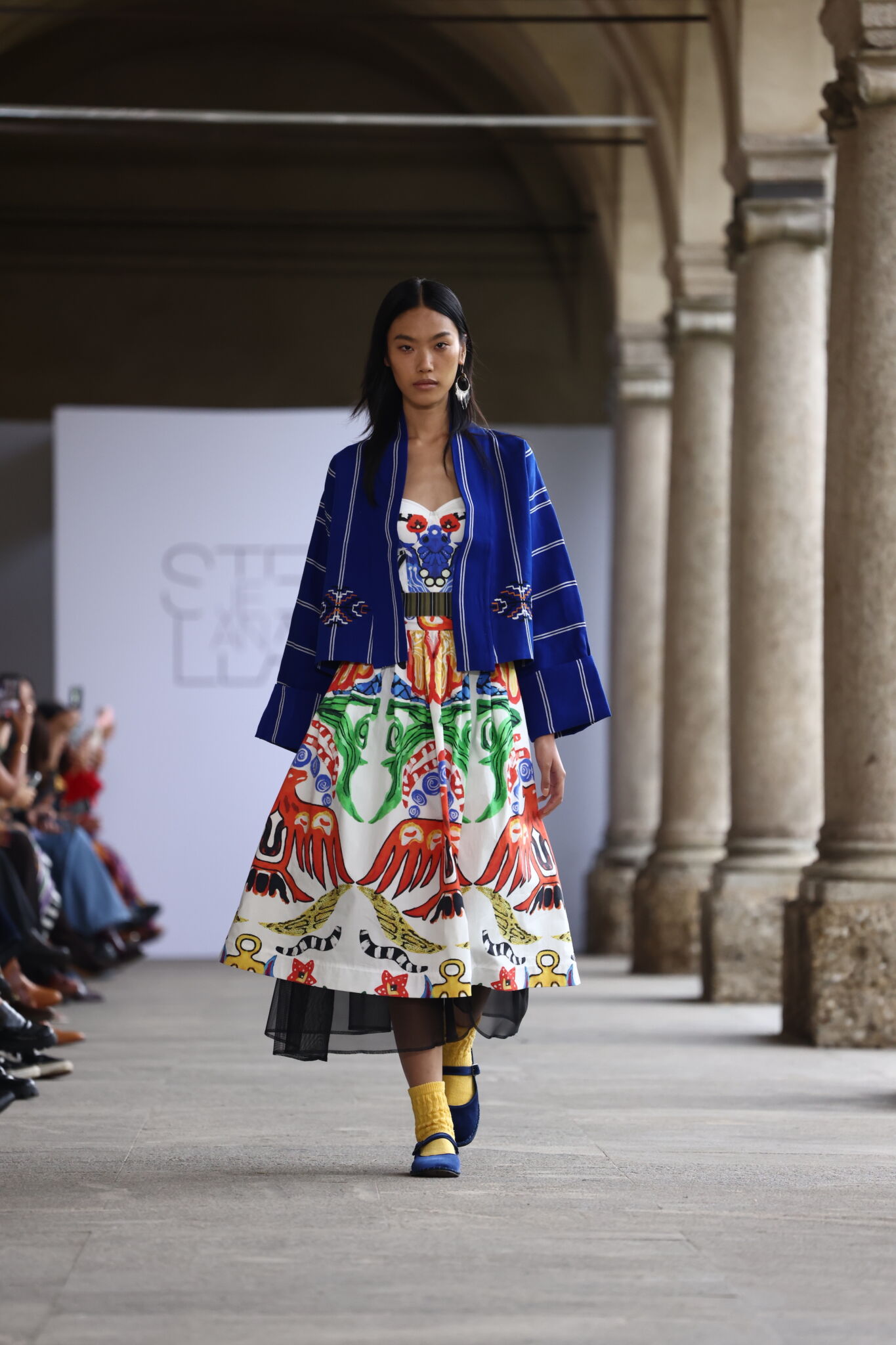
Bottega Veneta
Louise Trotter’s debut for Bottega Veneta returned to the house’s roots, exploring its artisanal tradition and Intrecciatophilosophy — the brand’s signature weaving technique. Inspired by the energy of Venice, New York, and Milanese minimalism, the collection created a dialogue between heritage and modernity. “Soft functionality” permeated every element — from clothing to accessories. Trotter reinterpreted classic Intrecciato proportions, reviving 9mm and 12mm weaves and adapting them to modern life. The garments evoked the romance of process: lightweight suiting fabrics paired with trench coats and evening dresses with cotton linings, their elements infused with the discipline of traditional menswear tailoring. Both women’s and men’s lines were crafted in Italian ateliers, preserving expertise, function, and meticulous attention to detail. The bags told the story of the house: classics like the Lauren, Knot, and Cabat were reimagined, while new shapes — Squash, Framed Tote, and Crafty Basket — showcased extraordinary artisanal mastery.
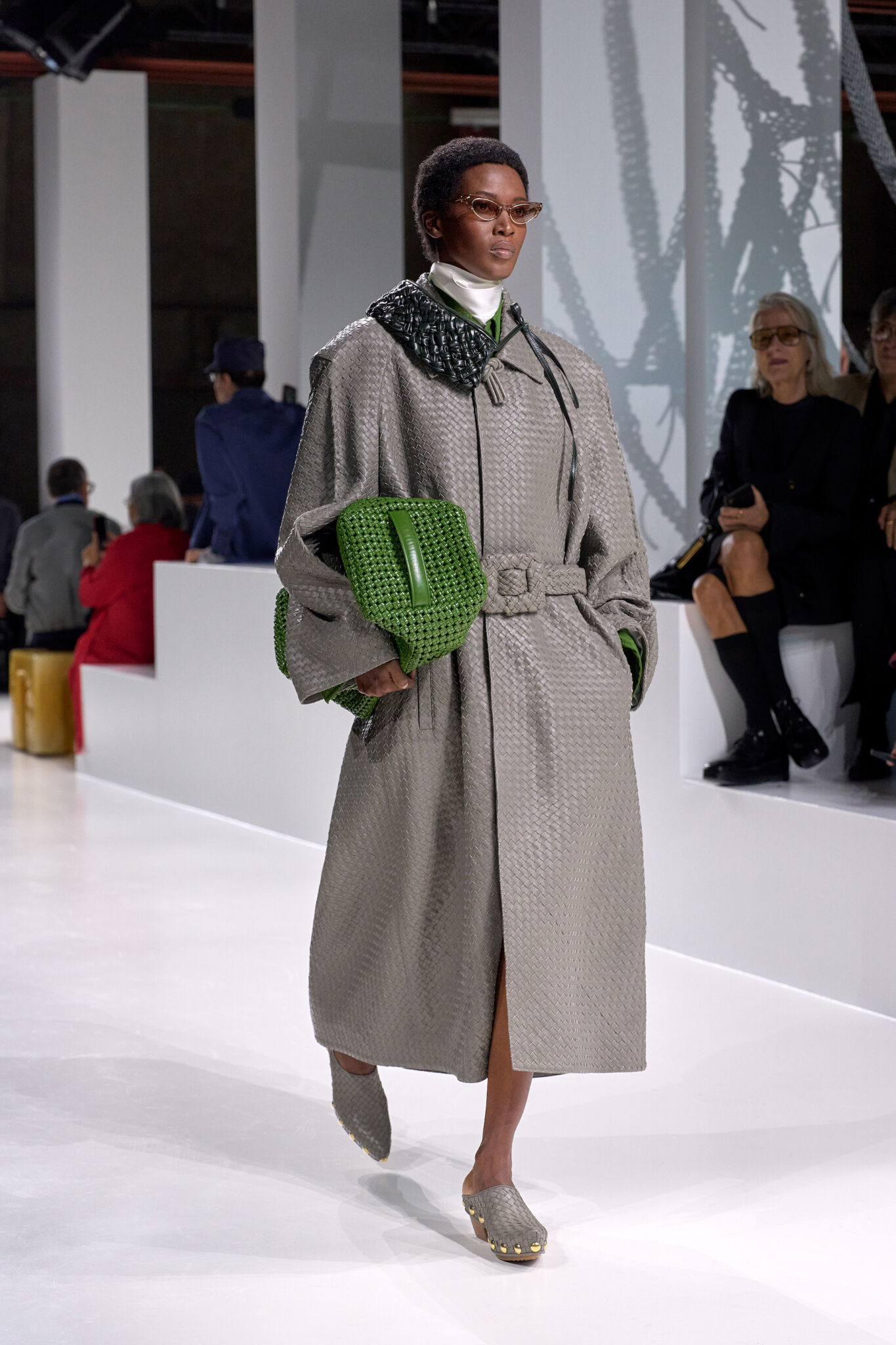
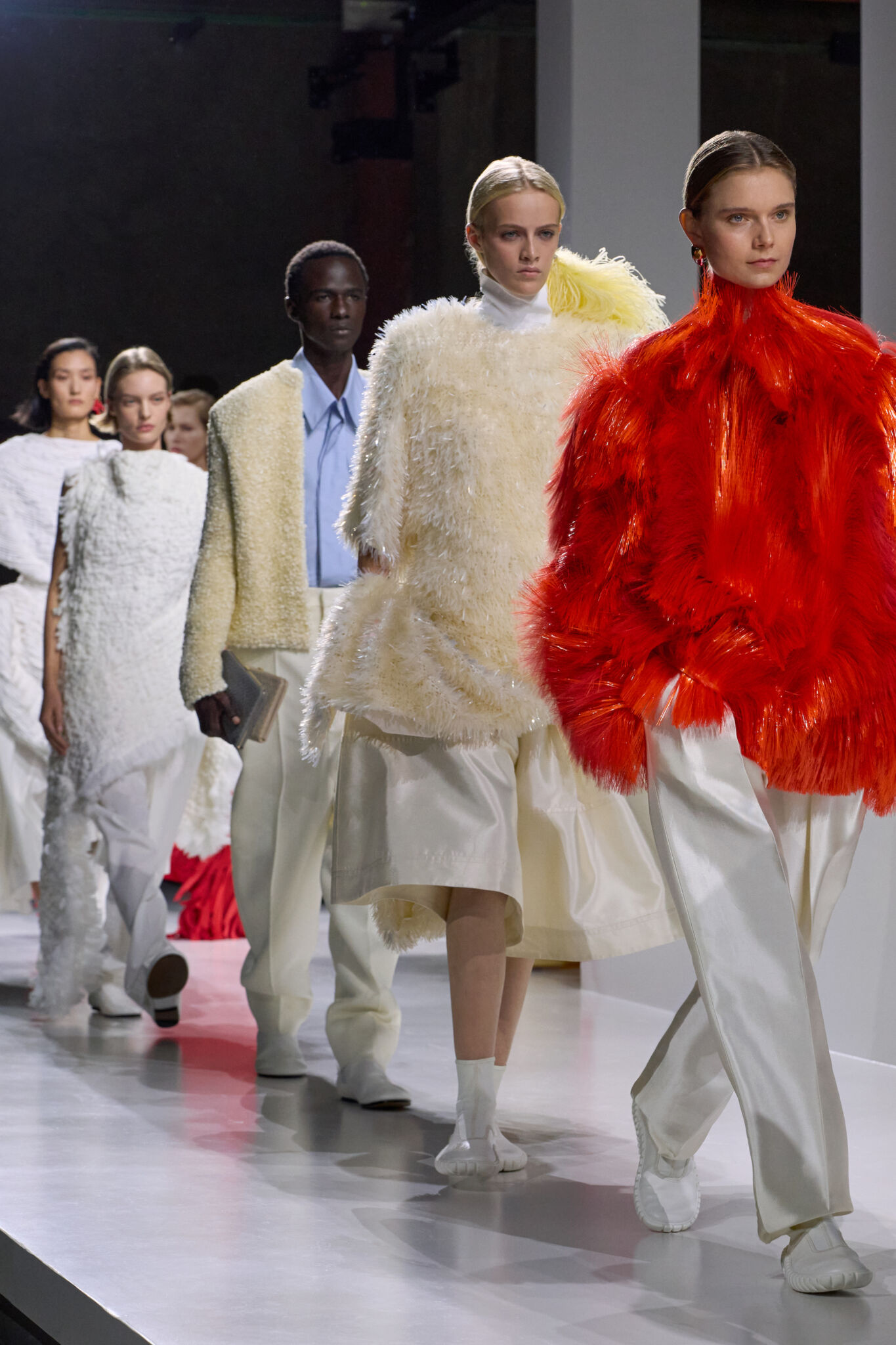
Calcaterra
Daniele Calcaterra juxtaposed natural phenomena — from lightning strikes to the calm of the wind — to reflect the depth of the elements. His silhouettes balanced past and present, where strict masculine tailoring entwined with refined femininity to create forms beyond time and gender. His muse, fragile yet strong, appeared in looks reminiscent of vintage photographs. Berber jewelry framed fitted jackets buttoned to the breath, while relaxed blazers evoked the easy elegance of the 80s. Reworked Spencers paired with airy dresses or voluminous trousers cinched at the ankle, as if holding back a step into the future. Calcaterra’s silhouette rejected binaries, staying true only to individuality. Accessories played a key role: in collaboration with KIWI Vapor, the designer created universal genderless pieces at the intersection of technology and fashion. Footwear, crafted with Cuoio di Toscana, continued Italy’s artisanal legacy, grounding the collection in timeless mastery.
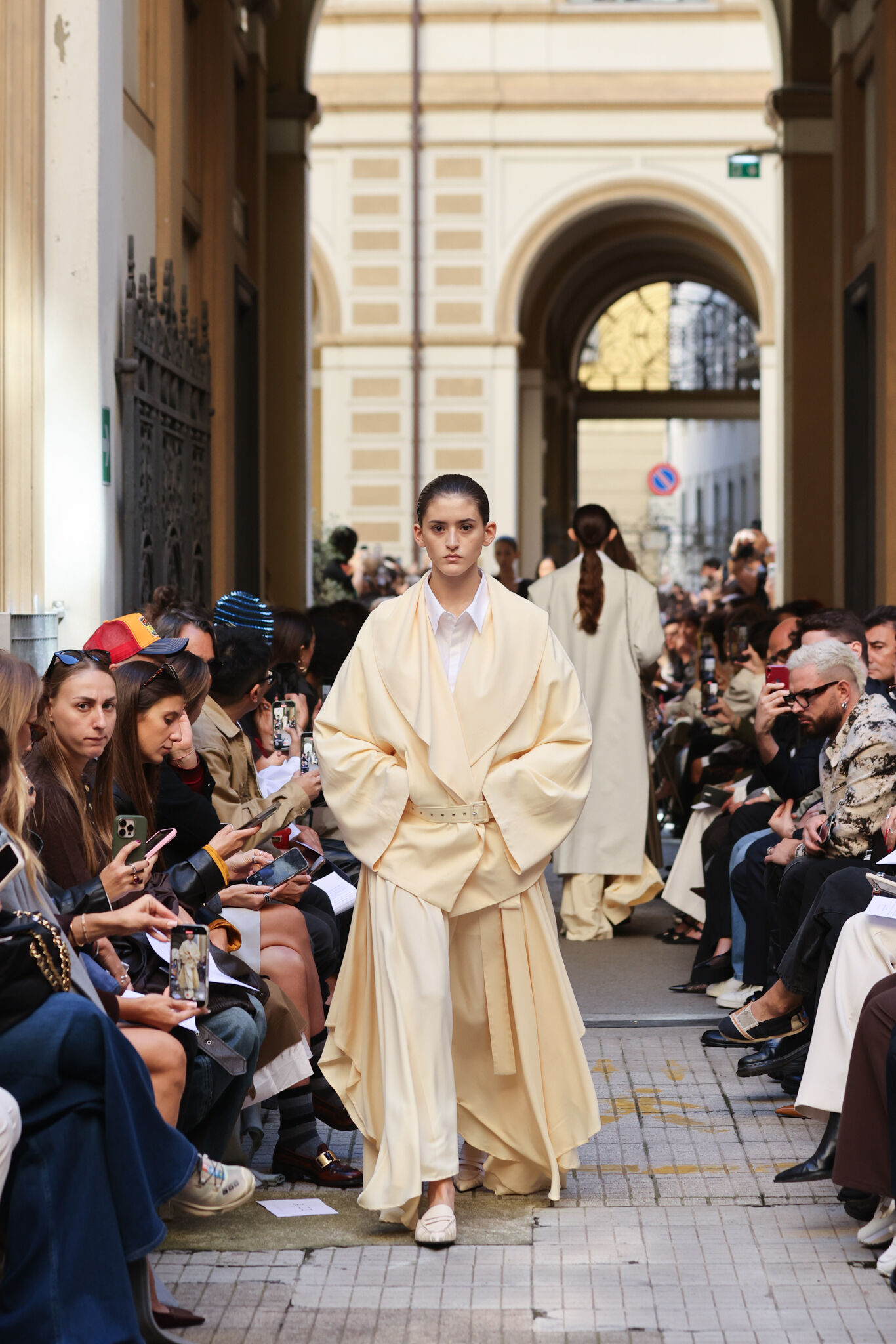
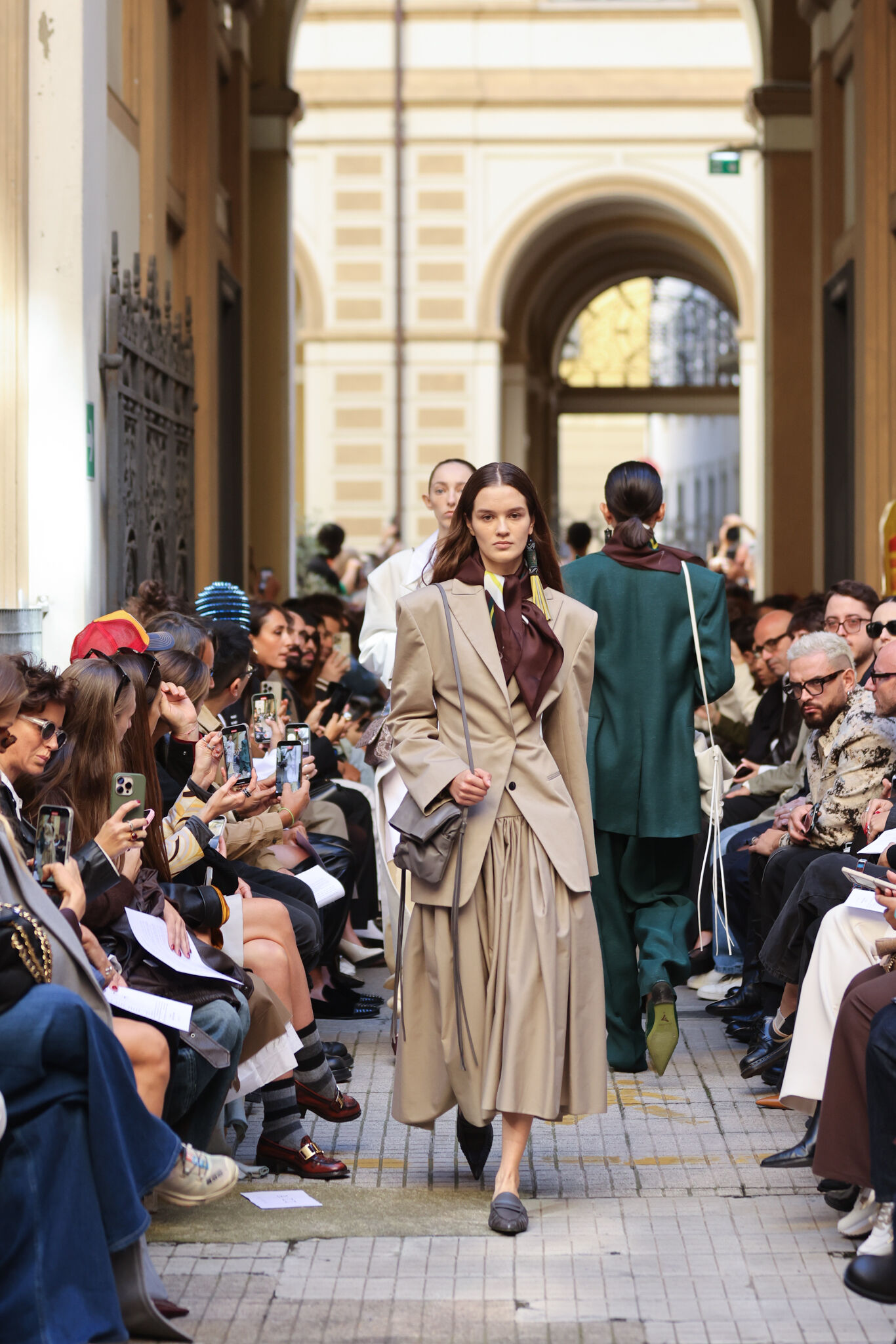
Giorgio Armani
The Spring–Summer collection drew inspiration from two symbolic places in the designer’s life — the structured, businesslike Milan and the wild, untamed Pantelleria. In the looks, architectural precision of tailoring met the fluidity and weightlessness of silhouettes. Fabric textures emphasized airiness and lightness, creating the impression of movement, as though the garments yielded to the island winds. Elongated lines of suits and the ethereal quality of dresses merged into a harmonious rhythm — the very essence of style Armani always envisioned. The palette was rooted in nature: earthy neutrals, deep sea blues, and shimmering accents reminiscent of light playing on water. Each piece gave the impression of being both simple and infinitely refined. Within them was the sense of eternal elegance that always defined the master’s hand.
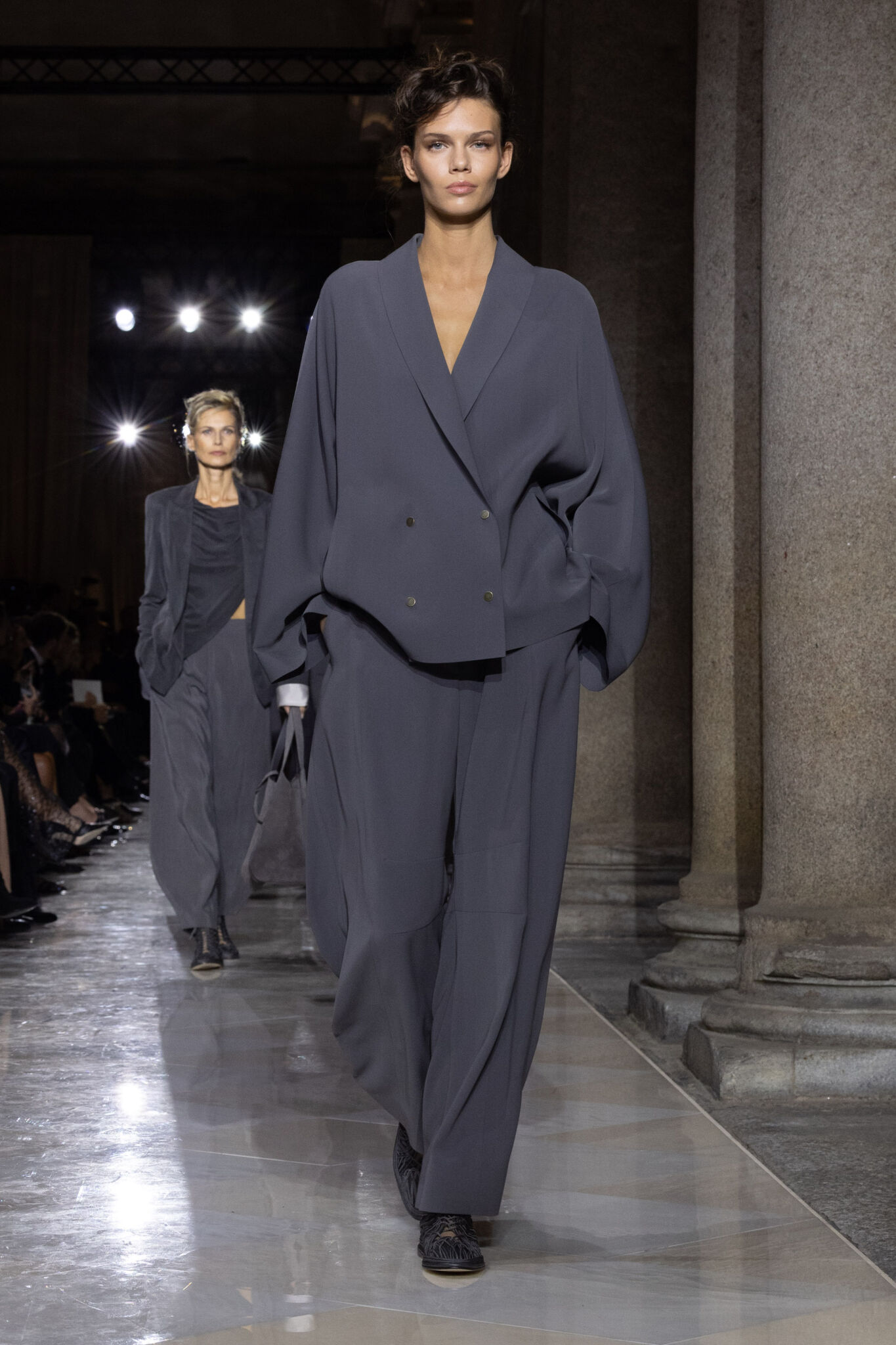
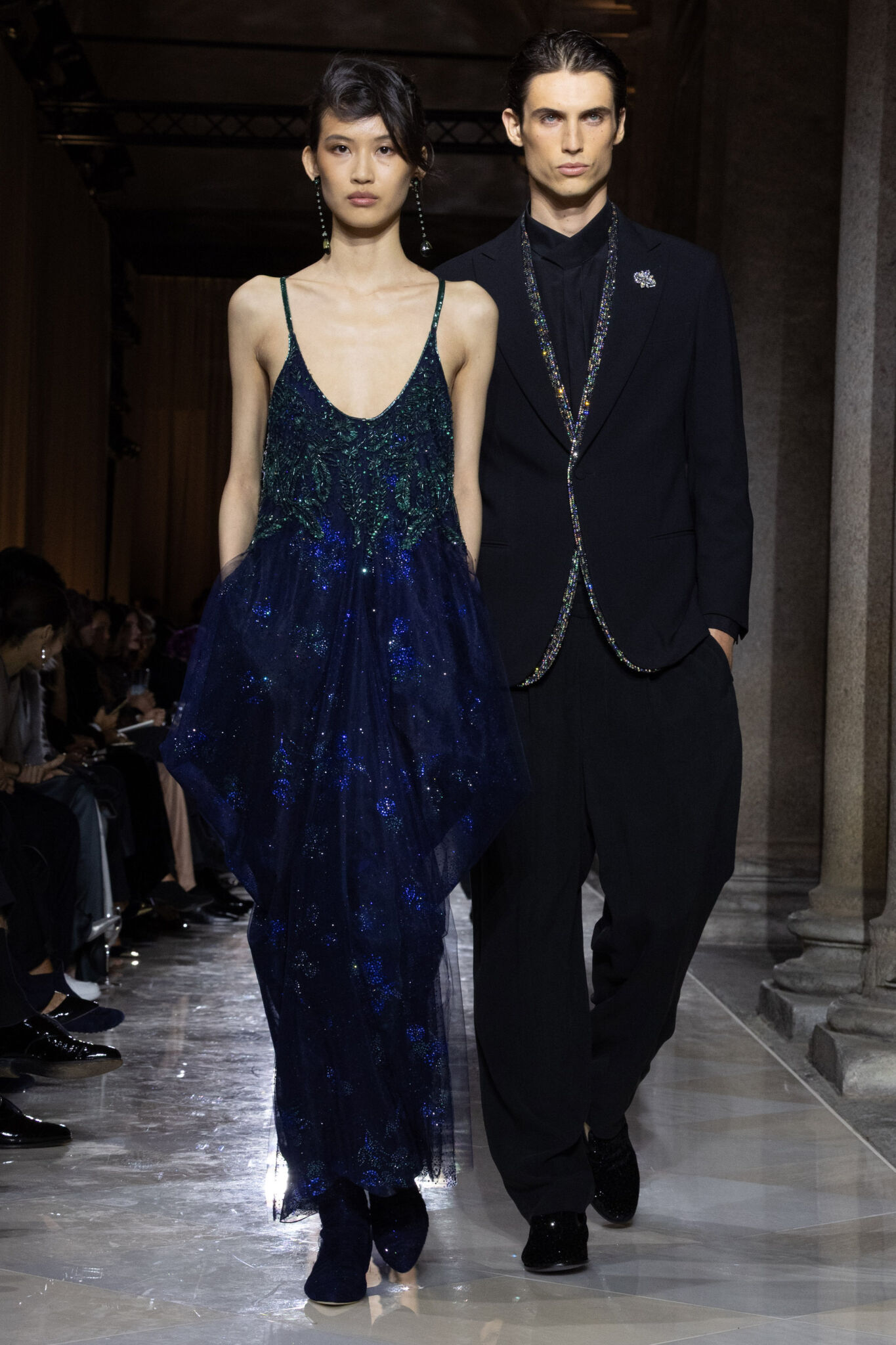
Photographs courtesy of the brands’ PR teams.
